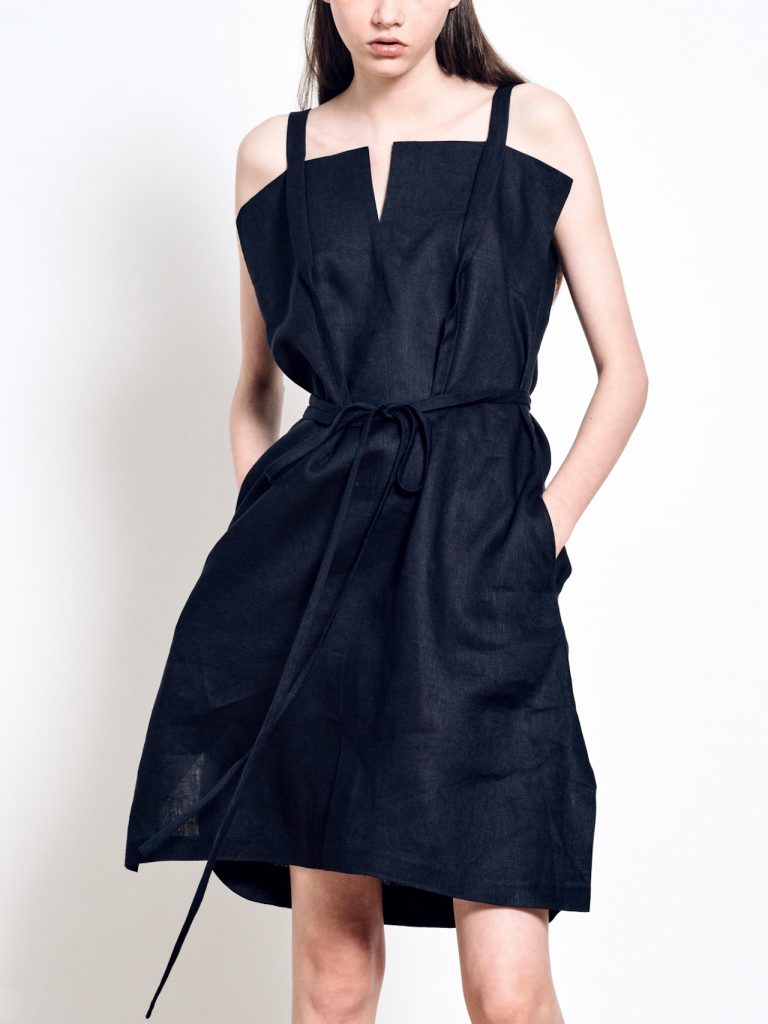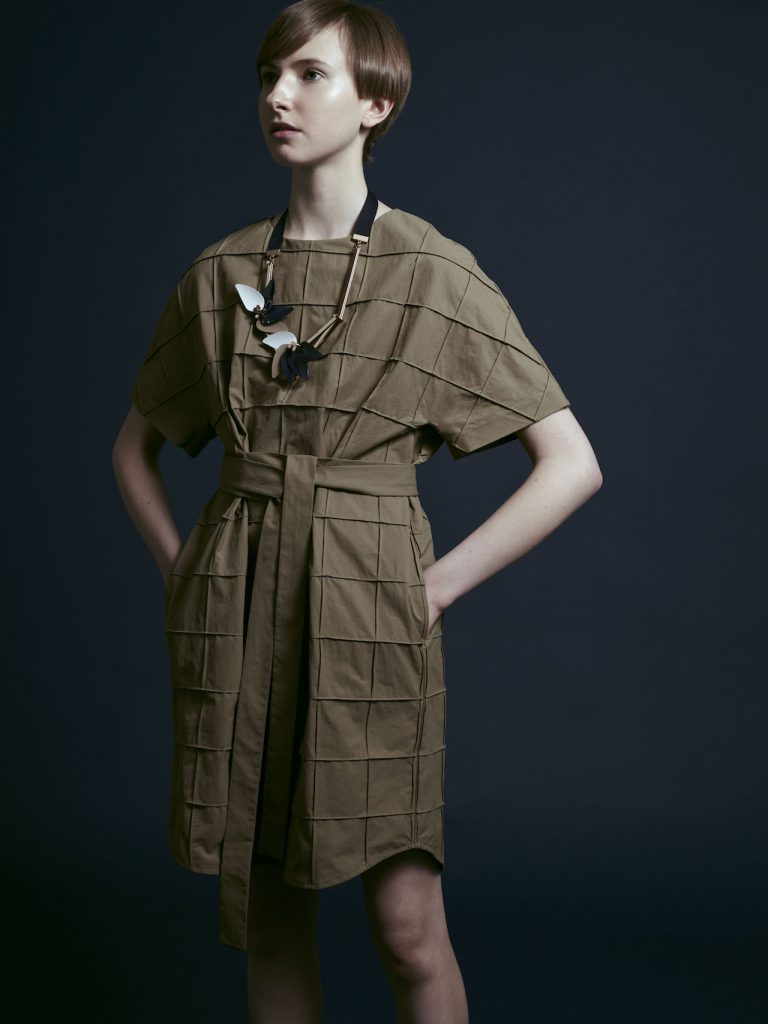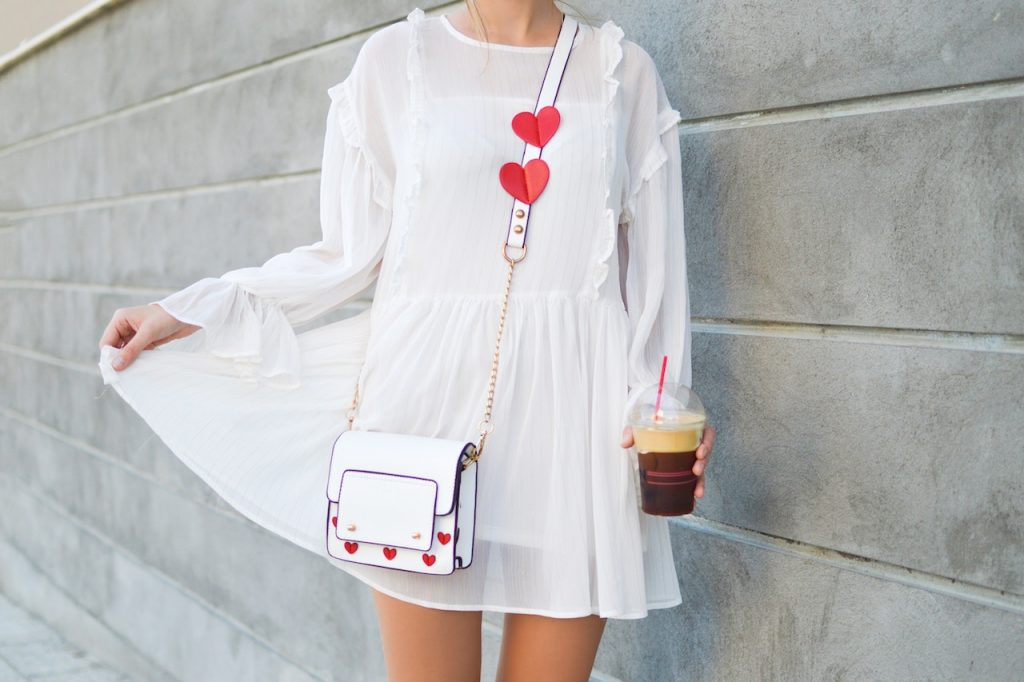There was a time when I refused to wear dresses. Decked in either shorts or jeans, liberation was being able to slip my phone, IC, ATM card, and EZ-Link card into my pockets for a night out.
Soon, however, I realised that I missed the natural femininity of dresses and skirts.
Unfortunately, almost every dress I found that came with pockets was unsightly and misshapen, as though two extra pieces of cloth magically turned a flattering silhouette into a formless sack.
I couldn’t understand this sad phenomenon, but chalked it up to the notion that perhaps dresses were never meant to have pockets, and that gender equality was just a pipe dream.
If you are a woman reading this, you will understand my frustration when I say this: whenever I go out with my guy friends, they never seem to need a bag.
They simply fit their keys, wallet, and phone all into the pockets of their pants, leaving their bodies free from the burdensome existence of a bag, clutch, or some form of storage item containing their personal belongings—and I would be envious as hell.
And so of the extensive range of male privileges, there’s just one I have always been desperate to have: functional fucking pockets in my fucking clothes.

They’re right—not about pockets looking strange, but about how those who make women’s clothing have been conditioned to prioritise materials, styles, and shapes that don’t ‘allow’ for pockets in the first place.
After all, functional pockets are present in most of menswear, most of which still manages to retain a favourable silhouette. Also, male clothing pockets are usually deep and actually usable, effortlessly blending into the purpose of the entire outfit. Accordingly, few men ever realise how privileged they are to be able to carry their personal belongings on their bodies, on the go.
After the iPhone 6 was released four years ago, an article in The Atlantic discussed the various downsides to getting an iPhone 6 to fit into women’s clothes. It stated that the biggest problem “might be the lack of pockets [on these clothes] in the first place”.
The article went on to explain that “women’s slacks, dresses, and blazers often have no pockets, or worse, ‘fake’ pockets that serve no utilitarian purpose besides sartorially leading the wearer on to believe they have a handy wardrobe aide, until it’s too late”.
With technology now a staple in everyone’s lives, pockets have become necessary storage compartments so we can get busy with other tasks. They are no longer a bonus, but a reasonable expectation for all clothes.
Naturally, my benchmark for an outfit’s “convenience” has evolved into a simple expectation: I must be able to carry my phone in it.
Yet even as phones have gotten larger with each upgrade, women have repeatedly returned to the question of whether they would still fit into our pockets. If they won’t, as is increasingly apparent, we wonder if functionality and practicality in technology only takes into consideration what men want or need.
After all, we rarely hear them complain that their pockets lack depth or that their outfits lack pockets in the first place.
Some argue that women could wear pants instead if they really wanted pockets. But this misses the point, and only reinforces how the purpose of dresses is mainly to flatter women’s bodies.
When we refuse to give women pockets because it ‘ruins’ the dress, or don’t buy dresses with pockets because they’re ‘ugly’, we inadvertently reinforce that looking good, or the visibility of a woman’s body, takes priority.
Getting our hands dirty and actually getting shit done become secondary.

Amanda Tan, a fashion stylist, reminds me, “Having pockets on women’s dresses dates all the way back to the mid to late 1800s. Similar to women wearing trousers, pockets represented independence when women were fighting for liberation.”
Today, however, she believes that modern day pockets in our daily attire are no longer rooted in political undercurrents. They have become more about form over function, turning a practical component into something stylish.
When Amanda sees a dress that she likes but isn’t sure about getting, pockets seal the deal. She sees it as getting more bang for her buck.
Similarly, this is what local fashion brand, In Good Company, shares about their customers’ preference for outfits with pockets.
Sven Tan, creative director and co-founder, says, “We always try to include pockets in our dresses where possible, but there are exceptions. For example, if the style has been cut in a soft, fluid kind of fabric, pockets are sometimes omitted as its construction can form seam impressions on the surface affecting the aesthetic of the piece.”
The company’s design ethos lies in showcasing a clean finish, where pockets “should be functional but not seen”, unless they were purposely designed that way.
That said, Sven believes the lack of pockets also helps a company to save cost. No matter how inconsequential, pockets demand more work and attention, especially to get them right and keep them hidden.
When it comes down to deciding which outfits get pockets, he shares that pockets are “more like a styling option for women”, whereas men tend to “go without bags more than women”. Hence pockets on menswear tend to exist for more practical reasons.
He explains, “Women would perhaps wear a dress without pockets, even if they prefer them with, because they know they will likely have bags around them. Men will prefer to seek out pockets because they’re comfortable being hands-free.”

In my late twenties, I found a blue Uniqlo dress and maroon H&M skirt that contained relatively deep pockets. I could store my phone in each pocket, although not much else. Coupled with their complementary silhouettes, these articles of clothing were good enough for me.
Whenever I went out in them with just my phone and a couple of cards in my pockets, the nights felt particularly chill and unburdened.
For that few hours, I would enjoy the same privilege that my male friends had, while wearing extremely feminine outfits. I couldn’t possibly have felt more free.
Which has also made me realise that this entire issue isn’t about how menswear is regularly designed to fit male preferences. Rather, it’s about how our culture continues to assume that there is an exclusively male tendency towards practicality and convenience. This, in turn, has influenced men’s fashion, which has in turn shaped men’s needs, and consequently prejudiced what we think women want, need, and/or deserve.
All this is to say that women may likely become more practical, and be allowed to be practical, if only they did not have to carry around bags—a “definitive, silent sign” that she is a woman.








